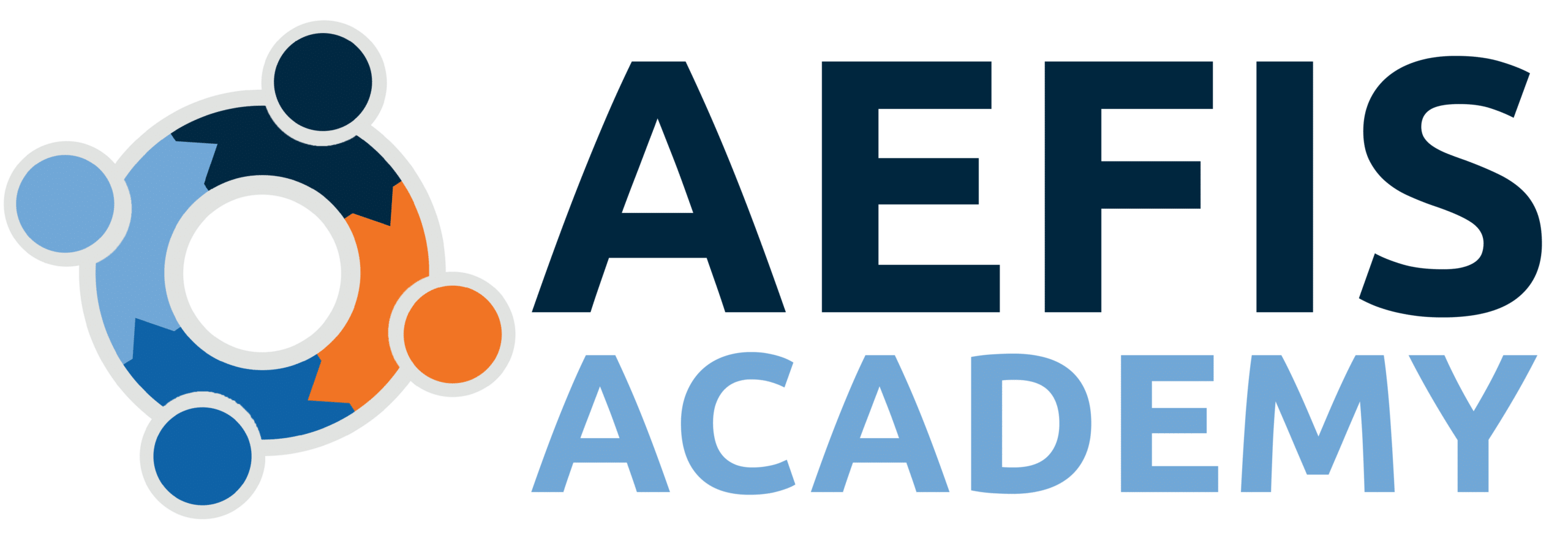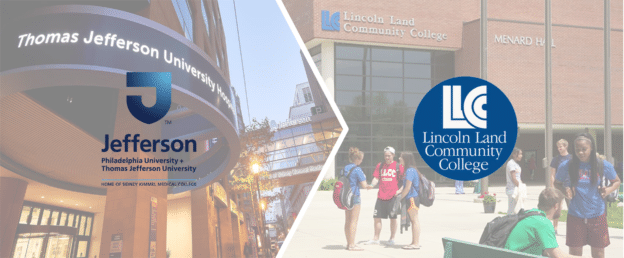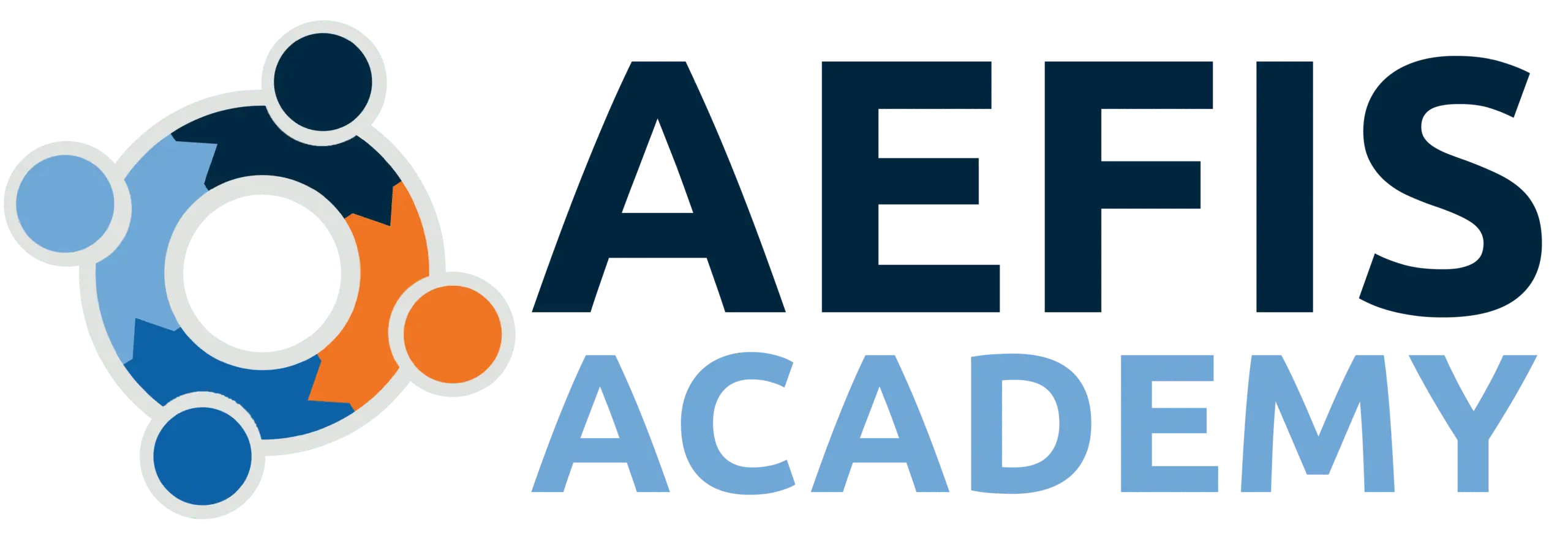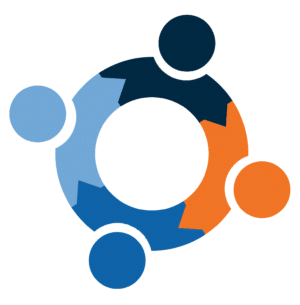Ready to CLR? Strength Analysis Planning to Implement Comprehensive Learner Record at Your Institution.

Background
According to Educause (2019), Comprehensive Learner Record “is a digital asset that helps students both better understand their learning and share a verifiable record of their knowledge and accomplishments. With a learner’s consent, the CLR gathers data about performance beyond just course grades, with an ultimate goal of capturing, recording, and communicating learning when and where it happens across a student’s higher education experience.” Comprehensive Learner Record (CLR) is the new generation of secure and verifiable learning records which includes the context of learning achievements within courses, competencies, and skills, and employer-based learning achievements.
IMS Global Learning Consortium has been working closely with its higher education, K-12 and educational technology partners over the last five years to define a standard for CLR that provides a “modern and web-friendly interoperable learner record structured for easy understanding yet flexible enough to support a wide range of use cases to meet the needs of learners and workers, registrars and employers.”
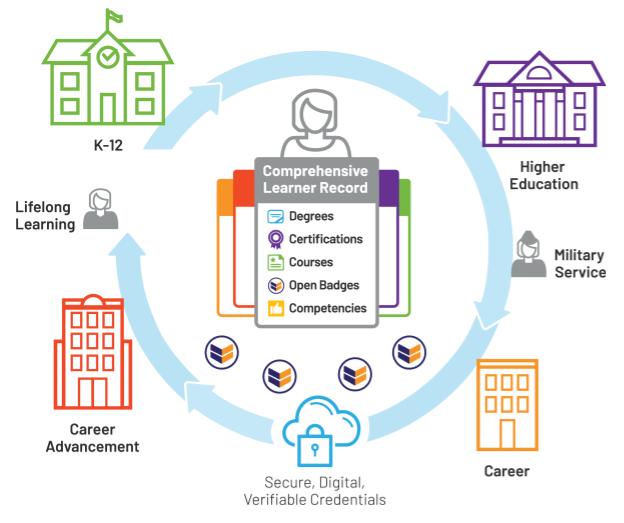
“Recommended by AACRAO, the American Association of Collegiate Registrars and Admissions Officers, the IMS Global CLR is designed to support traditional academic programs, co-curricular and competency-based education as well as employer-based learning and development – in any domain where it’s important to capture and communicate a learner’s and worker’s achievements in verifiable, digital form” (IMS Global).
AEFIS partners with colleges and universities to improve learner success and empower authentic lifelong learning. AEFIS’s powerful assessment management software helps higher education institutions drive measurable results and engage students throughout their lifelong learning journey through Comprehensive Learner Record (CLR). AEFIS delivers end-to-end solutions for authentic assessment for learning, skills recognition, and employability enablement.
AEFIS enables the digitization of higher education assessment processes, student learning journey, and student achievement initiatives. And as a CLR pioneer, from both an academic and technical perspective, AEFIS has successfully completed IMS Global Learning Consortium certification conformance assessment for Comprehensive Learner Record(CLR) specifications standard, making AEFIS the first software solution to achieve this certification.
With this background, in mind, this article will help you plan your readiness to implement CLR at your institution; the essential questions you need to ask stakeholders; the technology infrastructure and support required; and the alignment of outcomes to framework and assessments that need to be in place to be successful.
Strength Analysis
A quick scan of your institutional culture of assessment will reveal a certain readiness for CLR. There are likely some programs that stand out as being ready to begin CLR from the highest level and they likely include:
| Accredited programs |
| Health profession programs |
| Licensure programs |
After identifying a few programs that meet some early criteria, the next steps to determining readiness for CLR include:
| Assessment point person or lead within a program |
| Champions or advocates for alternative assessment |
| Key assessments within courses, co-curricular or experiential learning |
| ePortfolios in place as a summative assessment |
| Robust use of technology for assessment (high usage of LMS and other ed technologies for capturing assessment data) |
Consider applying a Comprehensive Learner Record Logic Model like the one pictured in Figure 3.
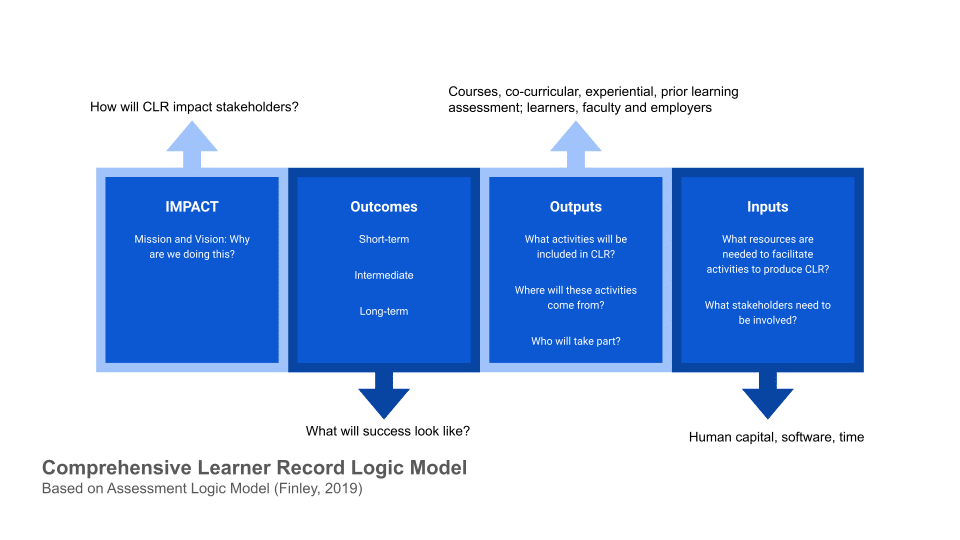
Essential Questions
After completing a strength analysis of programs that could embark on a CLR journey, the next step is to gather these program leaders together and discuss some essential questions that will help you determine if they are a good fit for CLR at this point.
Do you have a learning framework to harness your CLR to?
“The learning frameworks provide connective tissue to talk across different ways of doing things—frameworks do not outline how to do it, instead they provide a point to drive toward. Using framework(s) helps say what a degree means and why the different experiences and opportunities are provided,” (NILOA, 2020)Do you have measurable outcomes to link to this learning framework?
Have you linked your program or course learning outcomes to this learning framework?
If you have co-curricular activities, have these been intentionally mapped?
Where do your co-curricular activities live?
Who administers these activities?
Do you have a badging initiative?
Where do these badges live?
How are they administered?
Have you identified key assessments to link to this mapping structure?
Have you mapped these key assessments to outcomes that are linked to your framework?Do you have an assessment plan that includes:
How often do you collect these assessments?
Where do these assessments come from?
What scoring rubrics are associated with these assessments?
A mapping structure that allows you to link rubric criteria to the curriculum map?What problem or challenge could CLR solve?
Do you have a big transfer population?
Do you have learners who seek additional certifications or credentials on top of degrees?

CLR Summary: To Do List
Based on insight and best practices literature from multiple organizations, including AACRAO & NILOA, we can summarize next steps to implementing CLR at your institution:
| Ensure you have a technology infrastructure that can produce CLR according to your needs |
| Establish a project management approach, establish goals, and determine the criteria for determining success of the project |
| Pilot a proof of concept |
| Form a team to map data |
| Perform data mapping to determine what does and what does not go onto CLR |
| Establish CLR governance to inform assessment practices |
| Create clarity about what the learner has acquired or mastered as it will be translated as claims about knowledge, skills, and abilities |
| Create a Digital Credential Strategy |
| Clarify the role digital credentials play in the student lifecycle and job marketplace |
| Outline the responsibilities of the Office of the Registrar in the development of these credentials and offer guidelines for the continued success of that development. |
References
Baker, G. R., & Jankowski, N. A. (2020, June). Documenting learning: The comprehensive learner record.(Occasional Paper No. 46). Urbana, IL: University of Illinois and Indiana University, National Institute for Learning Outcomes Assessment. Retrieved from: https://www.learningoutcomesassessment.org/wp-content/uploads/2020/08/OccasionalPaper46.pdf
Black, T. & Stanfield, V., (2018, August). The Integration of data across institutional platforms to create comprehensive learner records: Challenges and solutions. https://www.aacrao.org/docs/default-source/signature-initiative-docs/clr/data-integration-white-paper-9_2018.pdf
Carbonaro, S. (2020). Comprehensive learner record: Exploring a new transcript for lifelong learning. IMS Global Learning Consortium edTech rEvolutions leaders Retrieved from: https://www.imsglobal.org/article/edtech-leaders/clr
Comprehensive Learner Record. IMS Global Learning Consortium.
Dennen, V. P. & Burner, K. J. (2007). The cognitive apprenticeship model in educational practice. Handbook of Research on Educational Communications and Technology, chapter 34, p. 425-439. Retrieved from: https://pdfs.semanticscholar.org/ecc1/b2df2d37f995739986739397829f7e7ff4d9.pdf
EDUCAUSE Learning Initiative (2019). Seven things you should know about: The comprehensive learner record. Retrieved from: https://library.educause.edu/-/media/files/library/2019/1/eli7164.pdf
Finley, A. (2019, November). A comprehensive approach to assessment of high-impact
practices (Occasional Paper No. 41). Urbana, IL: University of Illinois and Indiana
University, National Institute for Learning Outcomes Assessment (NILOA). https://www.pfw.edu/offices/assessment/resources/pdf/E-HIPSASSESS-8-25-2020.pdf?language_id=1
University of Maryland Baltimore County. https://www.umbc.edu/
University of Rochester School of Nursing. https://www.son.rochester.edu/
